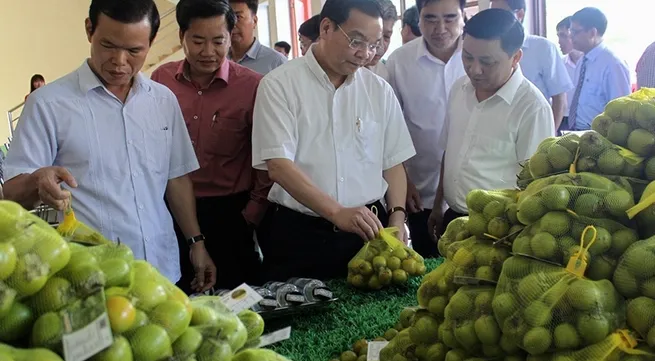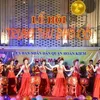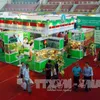Geographical indication protection of ‘Quan Ba’ seedless persimmon announced

This is also the third geographical indication of Ha Giang province after MeoVac honey and Ha Giang King orange, making Ha Giang the locality which has the largest number of geographical indications in Vietnam.
The National Office of Intellectual Property under the Ministry of Science and Technology in coordination with the People’s Committee of Quan Ba district, Ha Giang province announced the geographical indication registration certificate for the Quan Ba seedless persimmon on September 22.
The protected geographical areas which includes Tam Son town and communes of NghiaThuan, Thanh Van, Bat Dai Son and Quan Ba in Quan Ba district, Ha Giang province.
The geographical indicationcontributes to protecting the legitimate rights and interests of seedless persimmon producers in Quan Ba district and is also used as a tool to promote the product in the market, helping to enhance the values of the product.
Minister of Science and Technology Chu Ngoc Anh affirmed that the geographical indication for Quan Ba seedless persimmon is the recognition from the State for the specialty of Ha Giang province which will be a basis for local growers and enterprises to enhance their reputation, develop market and protect the values of quality and origin of the product.
Different from seedless persimmon in other localities, QuanBa seedless persimmon has a long history of being cultivated by ethnic minorities groups of Mong, Dao, Tay, Bo Y and others. There are more than 300-year old seedless persimmon trees in NghiaThuan commune.
Quan Ba persimmon is round in shape and glossy yellow in colour. There are 20 to 25 fruits per kilogram. The fruit is fragrant with agentle sweetness and is crunchy and rich with sugar particulates.
Tags:





